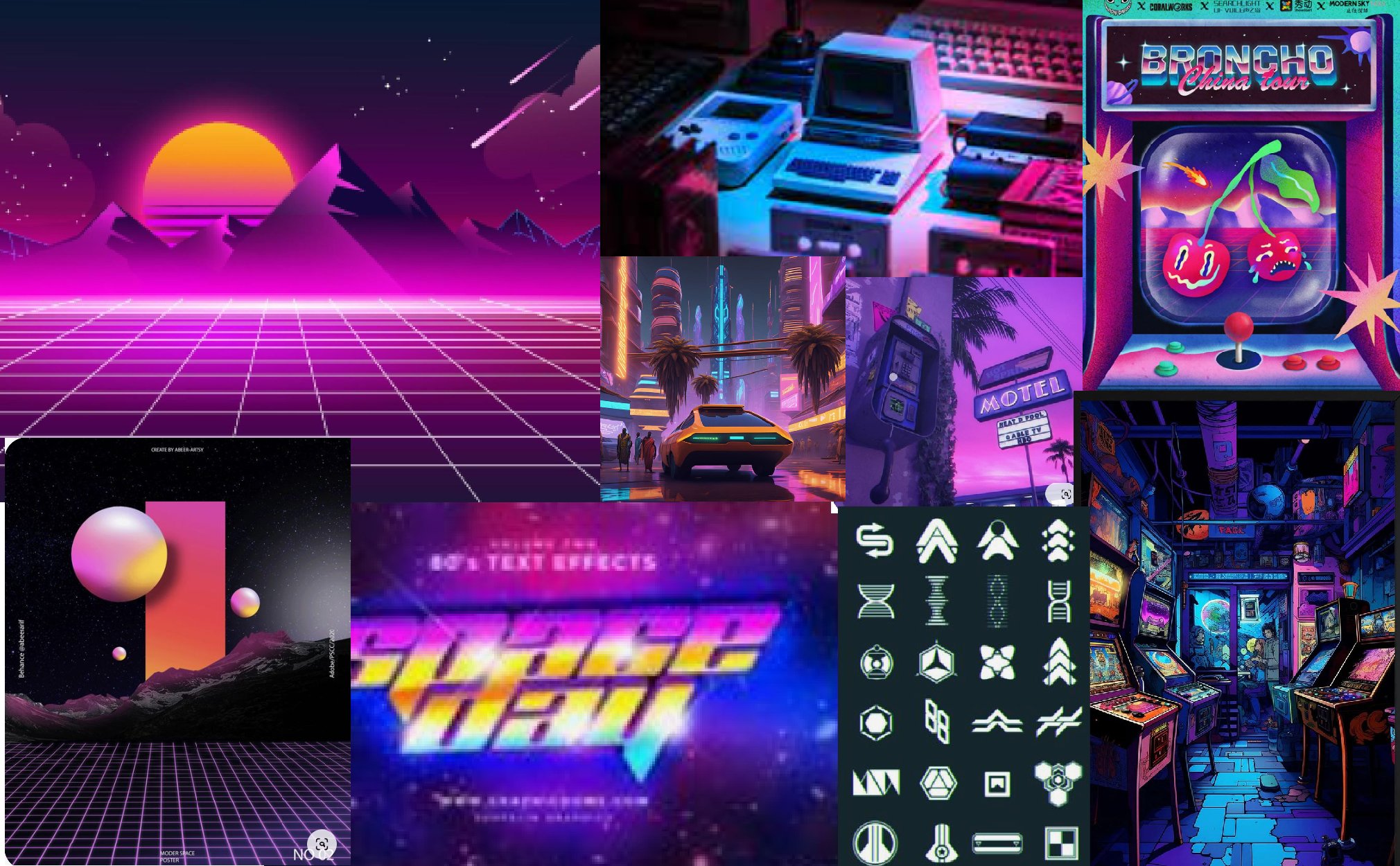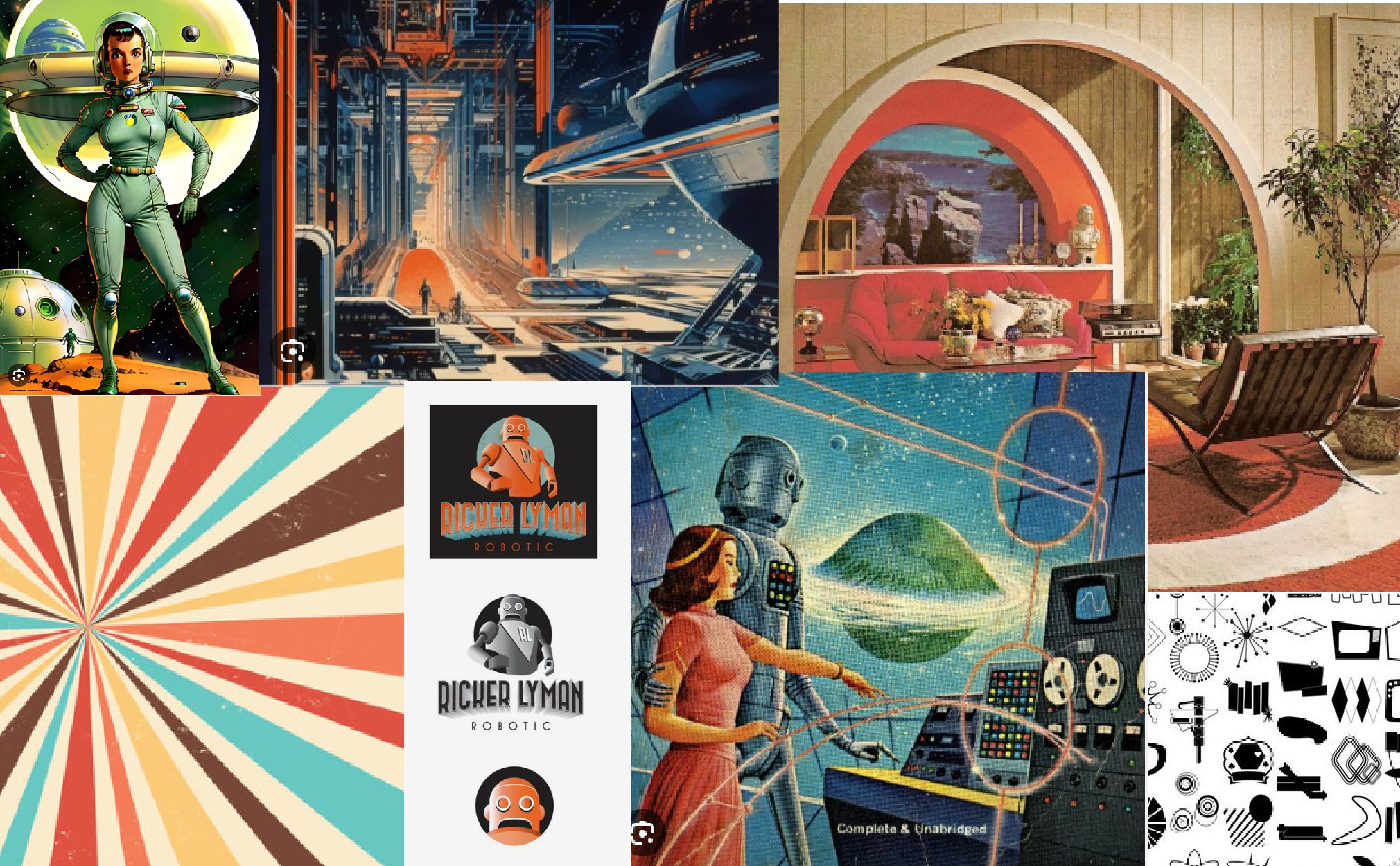Crafting Your Brand Identity Mood Board: A Guide for Small Businesses
You've made the decision, it’s time to refine your brand identity, including updating your logo and creating a cohesive visual brand guide. Very exciting! So where do you begin? Maybe creativity isn’t your thing, or you have a vision, but you aren’t sure how to put it into words. That’s ok! I’ve got you covered – as a graphic designer specializing in assisting small businesses with their branding, I'm here to guide you through the process. Let's explore some key steps to effectively communicate your vision.
Using visual aids
They say a picture is worth a thousand words, and in the realm of branding, this holds true. Words are helpful, but they can also be limiting and overwhelming, especially with an entire dictionary and urban dictionary available! That’s where images come in. Creating a mood board or a mood folder is one of the most effective ways to communicate your vision. Gather samples of graphics, photos, or sketches in creative styles that do and don’t align with the vision of your brand. Both kinds of visuals help create guide posts to keep you and your designer on the same page.
The problem with words
Before meeting with your designer, spend time practicing describing your mood board using your own words. Although people share a common language, we all have different interpretations of the same words. Your idea of “retro sci-fi” may be different from mine. Practicing before meeting will ensure smoother collaboration and synchronized visions, themes, and ideas. Aligning interpretations is one of my favorite parts of creative problem-solving!
Retro Scifi - two ways
Here we see two kinds of “retro sci-fi”. Neither one is wrong but depending on when you were born, one may be your go-to set of images over the other.
Where do I find inspiration?
Pinterest is a visual discovery search engine that allows you to create mood boards by searching keywords and pinning the items that speak to you, making it a popular place to start. It is easy to curate your board by weeding out things that you thought fit, but aren’t quite right. Remember to avoid getting stuck on fleetingly trendy styles. Instead, try to keep an eye out for designs that are more likely to be timeless.
Google Image Search is a great way to complement your Pinterest searches. It allows you to quickly explore keywords that may get you closer to your vision. Once you refine your keywords, you can take them back into Pinterest to find better results. I often go back and forth between the two.
Stock Photography sites like Shutterstock and Adobe Stock are invaluable resources for capturing moods, vibes, illustration styles, and so much more! Keep in mind that while it is great to use stock images for inspiration, the images need to be licensed if you decide to use them for your business.
Side note: being able to use multiple platforms is one of the reasons I like to use mood folders and then assemble a mood board, it makes it easier to pull from various resources.
Believe it or not, junk mail can be a valuable resource. While I think we can all agree that most junk mail is pretty awful (and very wasteful), every once in a while something will stand out to you. Make note of why it got your attention, whether good or bad.
Finally, research your competitors! Becoming familiar with your closest competitors is essential to creating an effective business strategy, but it is also important for your visual brand. This provides valuable insight into your industry’s norms and will help you define a path in differentiating your brand.
Preparing a powerful mood board is an important first step when embarking on the journey of refining your brand identity. In my experience, business stakeholders who are ready and prepared for the process of creating a strong brand identity will enjoy a much smoother experience by working with a designer who can understand their needs.
Ready to jump in? Contact me and let’s discuss how we can work together to create lasting impressions with your customers.


